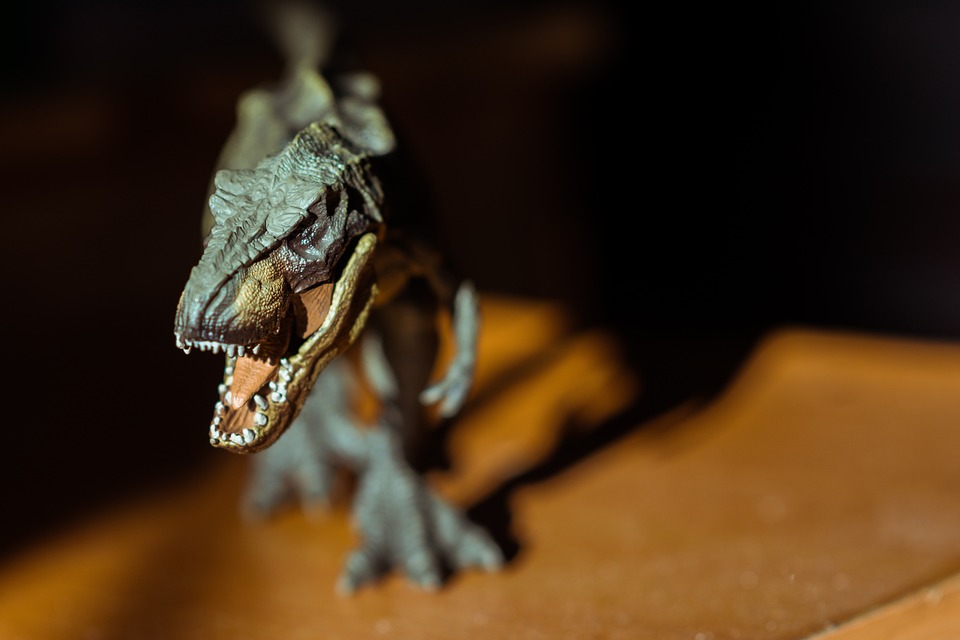Pop-eye disease, also known as exophthalmia, is a common ailment that affects fish in aquariums. It can be alarming for fish owners to witness their beloved aquatic pets suffering from this condition. However, with proper understanding and treatment, pop-eye disease can be effectively managed. In this article, we will discuss the causes, symptoms, prevention, and treatment options for pop-eye disease in fish tanks.
Pop-eye disease is characterized by bulging or protruding eyes in fish. The condition is caused by a buildup of fluid or swelling behind the eye, leading to the eye’s displacement. Common fish species affected by pop-eye disease include goldfish, bettas, and cichlids.
The symptoms of pop-eye disease are relatively easy to identify. Fish with this condition will have bulging or protruding eyes, cloudy or swollen eye tissue, a change in behavior such as reduced activity or hiding, and a loss of appetite. These symptoms are usually indicative of an underlying health issue.
Several factors can contribute to the development of pop-eye disease in fish tanks. Bacterial infections are a common cause, especially when the tank’s water quality is poor. Poor water quality can result from inadequate filtration, overfeeding, or overcrowding. Physical injuries, such as getting caught in tank decorations or rough handling, can also lead to pop-eye disease. Nutritional deficiencies, particularly a lack of vitamin A, can weaken a fish’s immune system and make them more susceptible to this condition.
Preventing pop-eye disease requires diligent care and maintenance of the aquarium. It is crucial to maintain good water quality by regularly testing and monitoring the tank’s parameters, such as pH, ammonia, and nitrate levels. Performing regular water changes and cleaning the tank can help prevent the accumulation of harmful bacteria and toxins. Providing a balanced and nutritious diet is also essential for fish health and disease prevention.
Diagnosing pop-eye disease can be done through observation and visual examination of the affected fish. Consulting a veterinarian or aquatic specialist is recommended for accurate diagnosis and appropriate treatment. Water testing can also be performed to assess the tank’s overall water quality, which can help identify any underlying issues contributing to the fish’s condition.
Treatment options for pop-eye disease include isolating the affected fish to prevent the spread of infection. Medication and antibiotics may be prescribed by a veterinarian to treat bacterial infections. Improving water conditions through regular water changes and maintaining proper filtration can aid in the fish’s recovery. In severe cases, surgical intervention may be necessary to address the underlying cause of the pop-eye disease.
Here are some frequently asked questions about pop-eye disease:
1. Can pop-eye disease be fatal for fish?
Pop-eye disease can be fatal if left untreated or if the underlying cause is not addressed. It is crucial to seek veterinary assistance as soon as symptoms are noticed.
2. How long does it take for an eye to heal after treatment?
The healing time for pop-eye disease can vary depending on the severity of the condition and the effectiveness of the treatment. It may take several weeks for the eye to fully heal.
3. Can pop-eye disease be prevented?
Pop-eye disease can be prevented by maintaining optimal water quality, providing a balanced and nutritious diet, and avoiding physical injuries to the fish.
4. Are there any home remedies for treating pop-eye disease?
It is best to consult a veterinarian or aquatic specialist for professional advice and treatment options. Home remedies may not be effective or appropriate for treating pop-eye disease.
5. Can fish fully recover from pop-eye disease?
With proper treatment and care, fish can fully recover from pop-eye disease. However, the underlying cause must be addressed to prevent reoccurrence.
6. Can pop-eye disease spread to other fish in the tank?
Pop-eye disease can spread if it is caused by a bacterial infection. It is essential to isolate the affected fish and treat the entire tank to prevent the spread of infection.
7. How often should water quality be tested in an aquarium?
Water quality should be tested regularly, at least once a week, to ensure optimal conditions for fish health. Testing can help identify any imbalances or issues that may contribute to the development of diseases such as pop-eye disease.
8. What kind of antibiotic is effective for treating pop-eye disease?
The choice of antibiotic will depend on the specific bacterial infection causing the pop-eye disease. A veterinarian or aquatic specialist can recommend the most appropriate antibiotic for treatment.
In conclusion, pop-eye disease is a distressing condition for both fish and their owners, but with proper understanding, prevention, and treatment, it can be effectively managed. By closely monitoring the health of your fish, maintaining optimal water quality, and providing a nutritious diet, you can significantly reduce the risk of pop-eye disease. Remember, if you suspect your fish may have pop-eye disease, it is essential to consult a veterinarian or aquatic specialist for accurate diagnosis and appropriate treatment.









